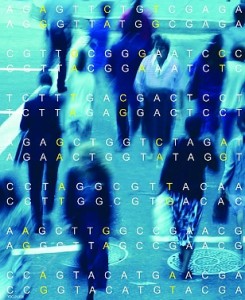KPLC 7 News, Lake Charles, Louisiana
During August, KPLC 7 News of Lake Charles, Louisiana, posted a news item about a technology closely related to forensics: biometrics. Charles Caldarera, principal of Moss Bluff Elementary School, had sent a letter to parents about the planned installation of a biometric system. To reduce errors in lunch accounting and accelerate the cafeteria line, the school would install a Fujitsu PalmSecure™ biometric authentication system, which enables positive identification using a scanner that reads the unique patterns of blood vessels in a human palm.
“With an elementary school, they all come through line, and most of them eat here,”
Caldarera explained to KPLC. “It would make us more efficient and more accurate. We’ve had parents complain in the past, because they felt like their children weren’t eating, that we assigned them a charge for the day, and they might have been right.”
This sounds reasonable. About 1,000 students attend the school. Yet some parents objected to the biometric system. Vehemently.
“As a Christian, I’ve read the Bible,” said one parent, “you know, go to church and stuff. I know where it’s going to end up coming to, the mark of the beast. I’m not going to let my kids have that.”
The basis for the objection is elusive, since the scanner would only detect something that was already there. Perhaps, a monstrous surprise awaits school personnel when they begin to scan the little devils.
As Mike Elgan notes in his Computerworld article, “Are biometric ID tools evil?” many oppose biometric identification systems. However, the objections are usually based on privacy concerns.



